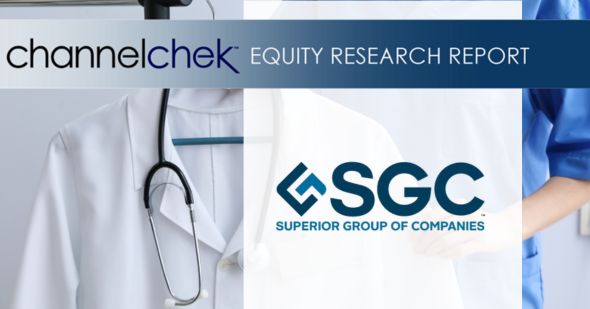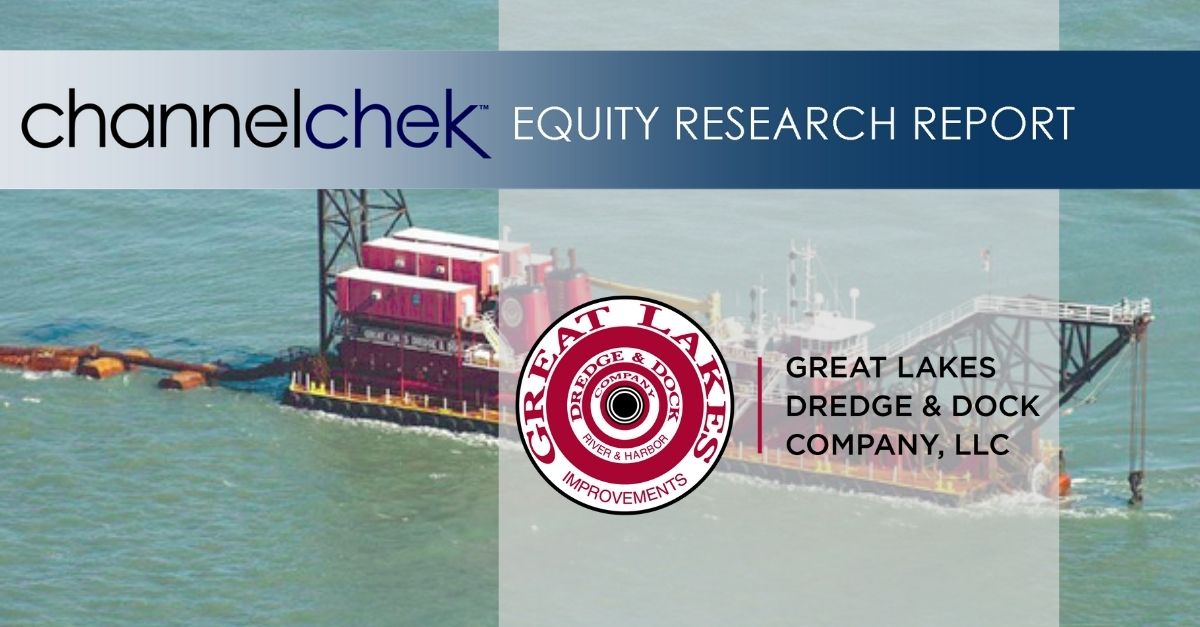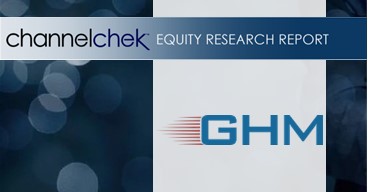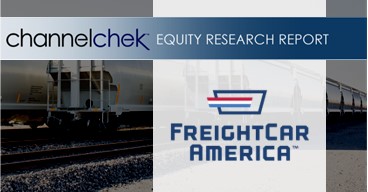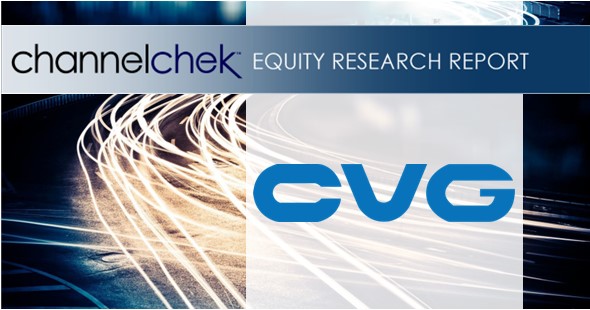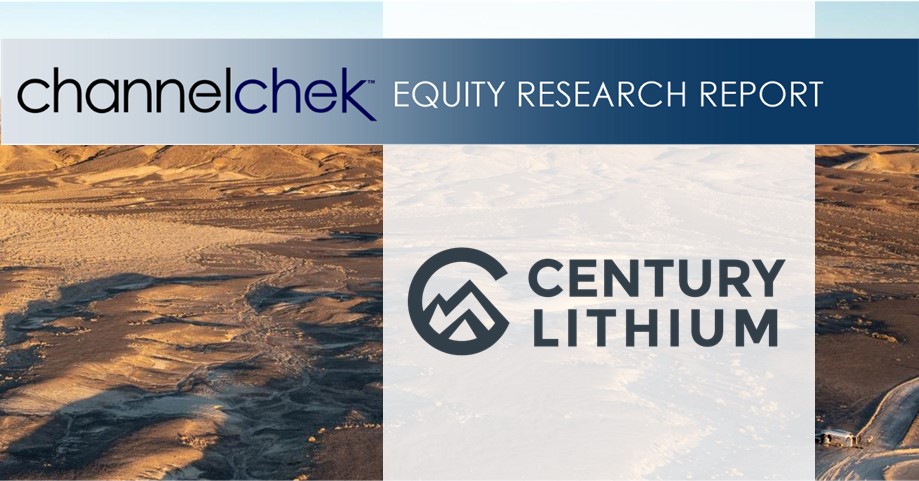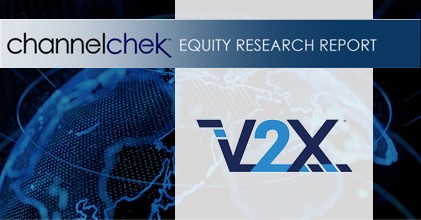In a transformative move that will reshape the North American cabinet manufacturing landscape, MasterBrand Inc. and American Woodmark Corporation announced today a definitive all-stock merger agreement that creates a combined entity with a pro forma equity value of $2.4 billion and enterprise value of $3.6 billion.
Under the agreement, American Woodmark shareholders will receive 5.150 shares of MasterBrand common stock for each American Woodmark share they own. Upon completion, MasterBrand shareholders will control approximately 63% of the combined company, while American Woodmark shareholders will hold the remaining 37% on a fully diluted basis.
The transaction is expected to close in early 2026, pending shareholder approvals from both companies, regulatory clearances, and other customary closing conditions. Notably, the deal is structured as an all-stock transaction, though MasterBrand plans to arrange additional credit facilities to retire American Woodmark’s existing debt at closing.
The merger creates what the companies describe as “the cabinet industry’s most comprehensive portfolio of trusted brands and products.” The combination leverages complementary strengths: MasterBrand’s broad brand portfolio and American Woodmark’s streamlined manufacturing profile and strong customer relationships.
Financial projections are compelling. The combined entity expects to generate approximately $639 million in trailing 12-month adjusted EBITDA, including anticipated run-rate cost synergies of $90 million by the end of year three. These synergies will primarily come from procurement optimization, manufacturing network improvements, and administrative cost reductions. The deal is expected to be accretive to MasterBrand’s adjusted diluted earnings per share by year two.
The merger positions the combined company to better serve diverse customer segments across multiple channels. With MasterBrand’s existing network of over 7,700 dealers, major retailers, and builders, plus American Woodmark’s relationships with home centers and independent distributors, the enlarged entity will have unprecedented market reach.
Geographic expansion is another key benefit. The complementary footprints of both companies will provide access to high-growth markets while offering customers greater flexibility in purchasing options and enhanced support capabilities.
Dave Banyard, currently MasterBrand’s President and CEO, will lead the combined company, while David Petratis will serve as Board Chair. The integration will be overseen by Nathaniel Leonard, MasterBrand’s Executive Vice President of Corporate Strategy and Development. The combined entity will maintain its MasterBrand name and be headquartered in Beachwood, Ohio, while preserving a significant operational presence in Winchester, Virginia.
Importantly, American Woodmark’s board will contribute three directors to the expanded MasterBrand board, ensuring representation in governance decisions.
The merger creates a financially stronger entity with an anticipated net debt-to-adjusted EBITDA ratio below MasterBrand’s 2.0x target leverage at closing. This improved financial profile is expected to enhance free cash flow generation, provide greater resilience through market cycles, and enable increased investment in growth initiatives, automation, and technology.
Both companies emphasize their commitment to maintaining and growing their respective legacy brands, which have established trust with channel partners and consumers. The combination represents a strategic bet on the continued growth of the North American residential cabinet market and the companies’ ability to capture greater market share through expanded capabilities and improved operational efficiency.
This merger signals consolidation in the cabinet manufacturing industry as companies seek scale advantages and broader market reach to compete more effectively in an evolving marketplace.





